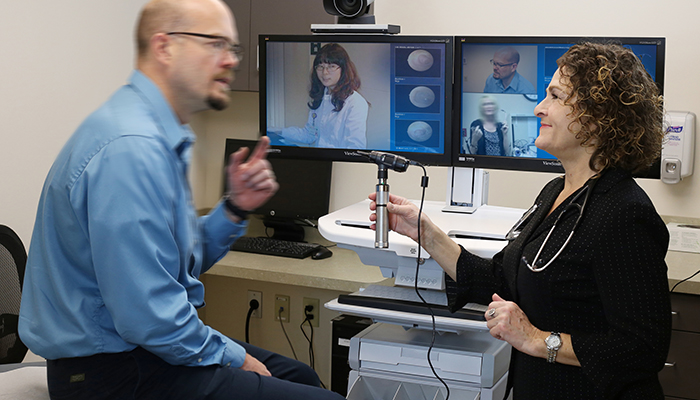The telemedicine trend is exploding, with virtual consult services being the most well-known and popular among patients. The American Telemedicine Association estimates that half of all health care services will be delivered via telehealth within five years. The World Health Organization predicts the practice has the “potential to transform the face of health service delivery across the globe.” In fact, the global market for telemedicine is expected to top $34 billion by 2020.
So, what is telemedicine (or telehealth)? There are a number of definitions but they all point to the same general idea: Telemedicine is the use of medical information exchanged from one site to another via electronic communications to improve patients’ health status.
Surprisingly, telehealth as a phenomenon has been around since the late 1800s, with the invention of the telegraph and telephone. During the Civil War, the military used the telegraph to order medical supplies and a few decades later, the telephone for medical consultations. The invention of the radio and television ramped up the healthcare applications until digital technology expanded them even further.
Patients have embraced telemedicine enthusiastically and here’s why:
- They can access care easily from a tablet, smartphone or computer, meeting through a safe, secure, and confidential video connection. Surveys show that patients are just as satisfied with a virtual face-to-face visit as a live one.
- Patients can connect with a qualified, board-certified health care provider right away, and get a diagnosis and treatment as needed. Some tests can even be conducted during a virtual visit and prescriptions can be ordered afterwards.
- Patients get convenient care, when and where they need it, without the hassle of driving or waiting to be seen. Virtual consults are usually available seven days a week, for extended hours, such as 8 a.m. to midnight.
- In addition to being fast, easy, and flexible, virtual consults are more affordable. They can be charged to a patient’s insurance company or a credit card. Rates are less than an office visit; $39 is a common fee, though insurers may negotiate even lower rates for their members.
Ergotron telemedicine carts and telepresence carts combine the power to support onboard diagnostics and video-conferencing with StyleView® mobile medical carts. Healthcare organizations can rely on Ergotron’s more than 30 years of expertise and service to build a solution that matches their needs and budget.



